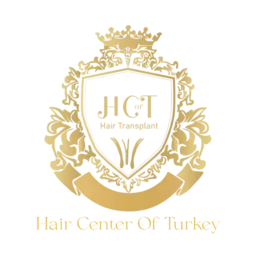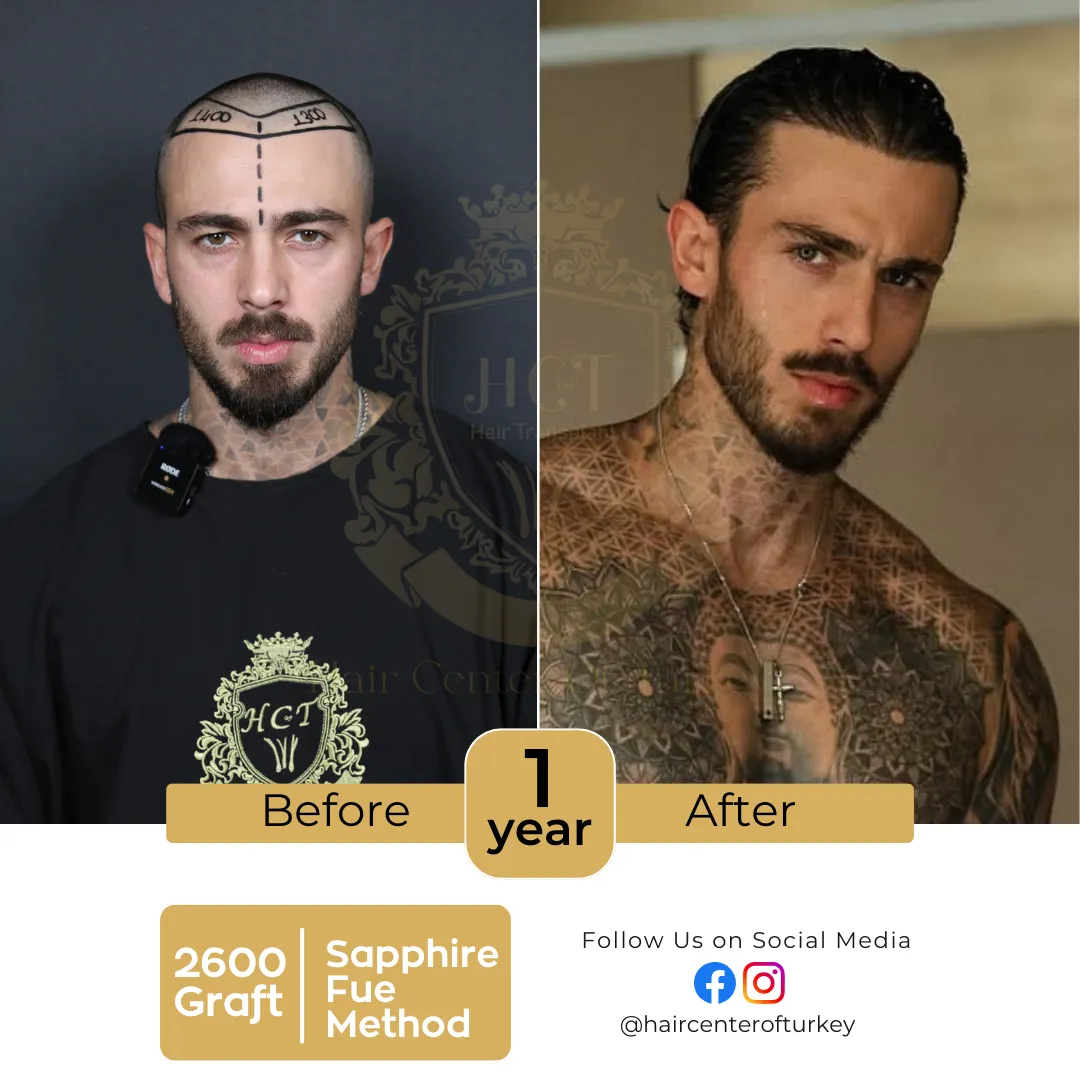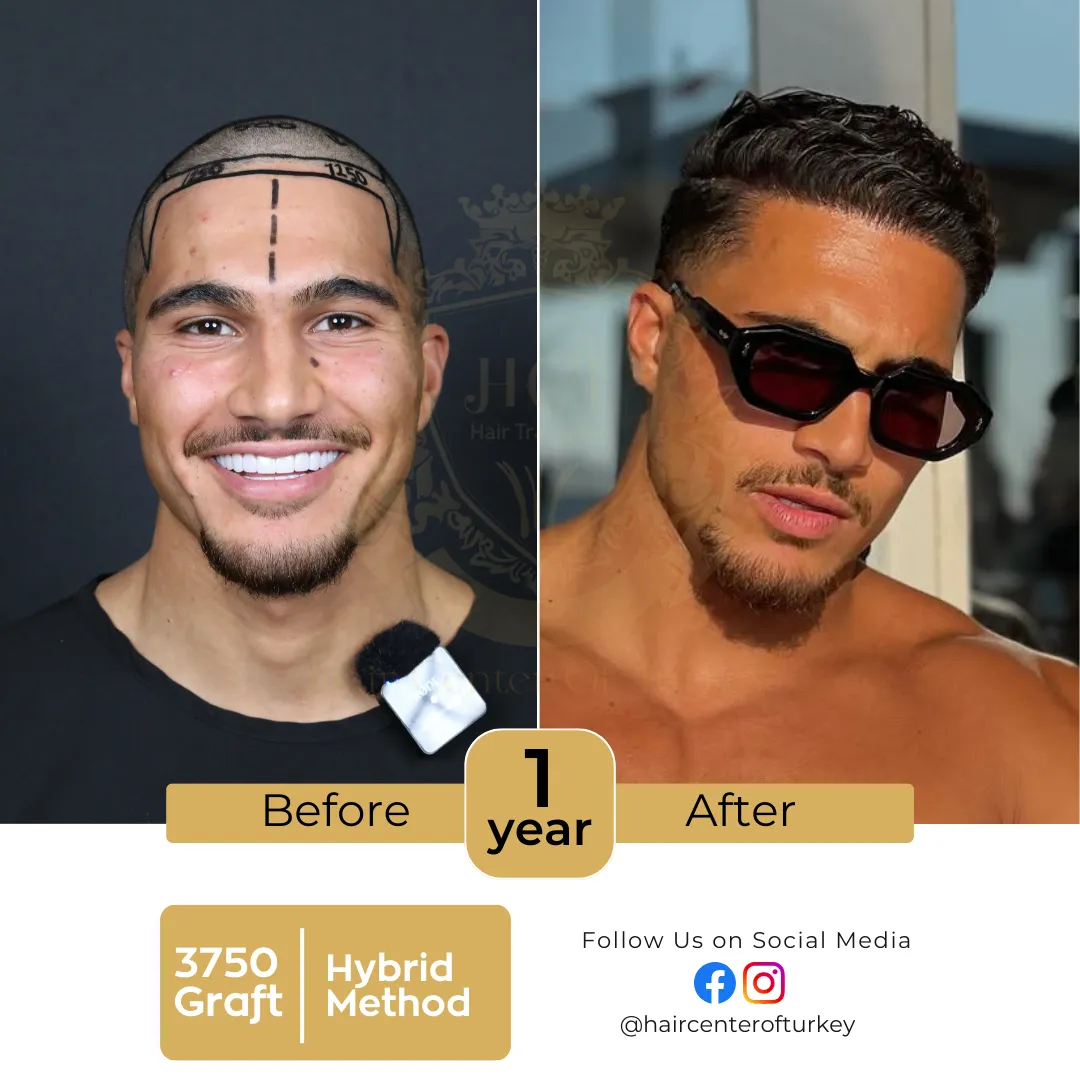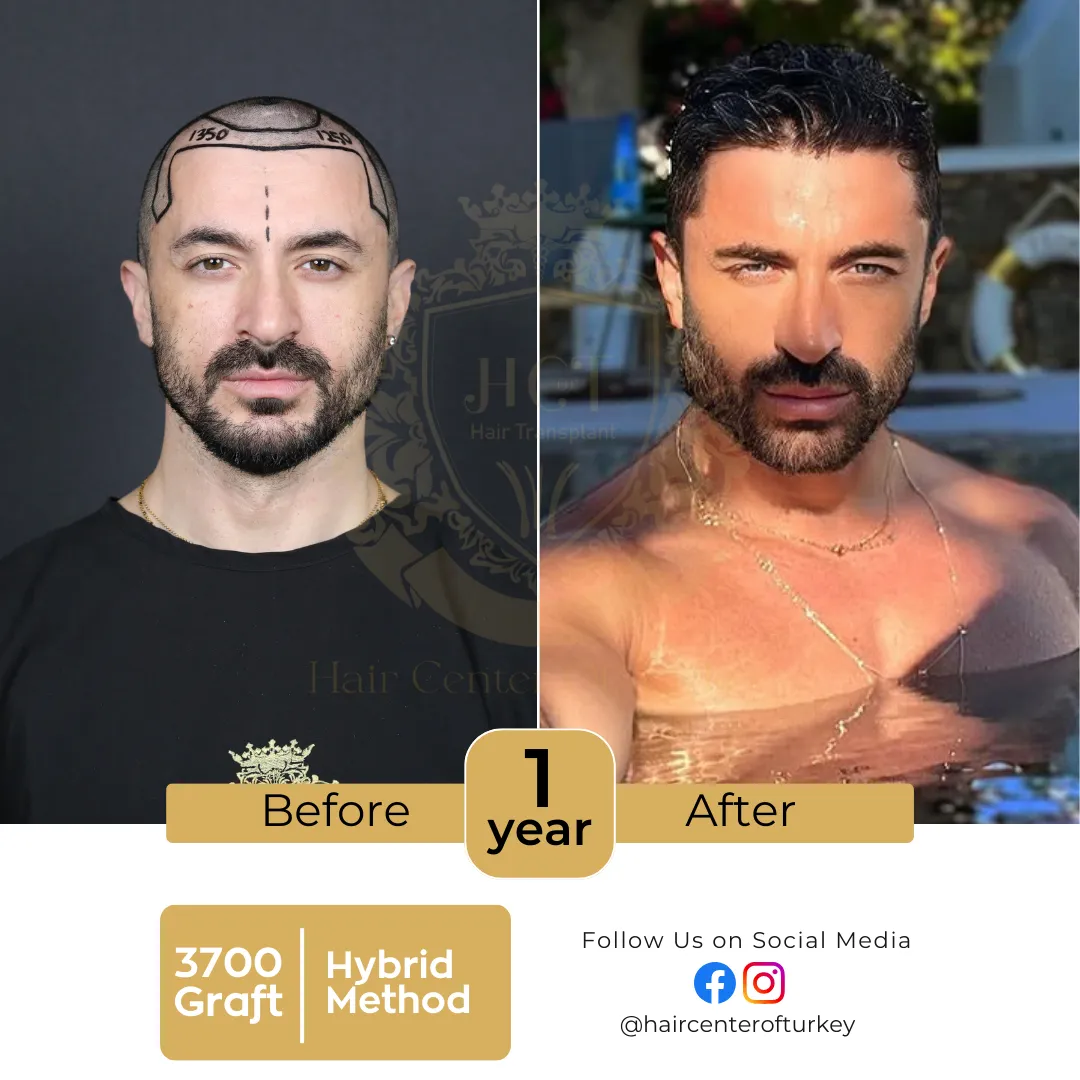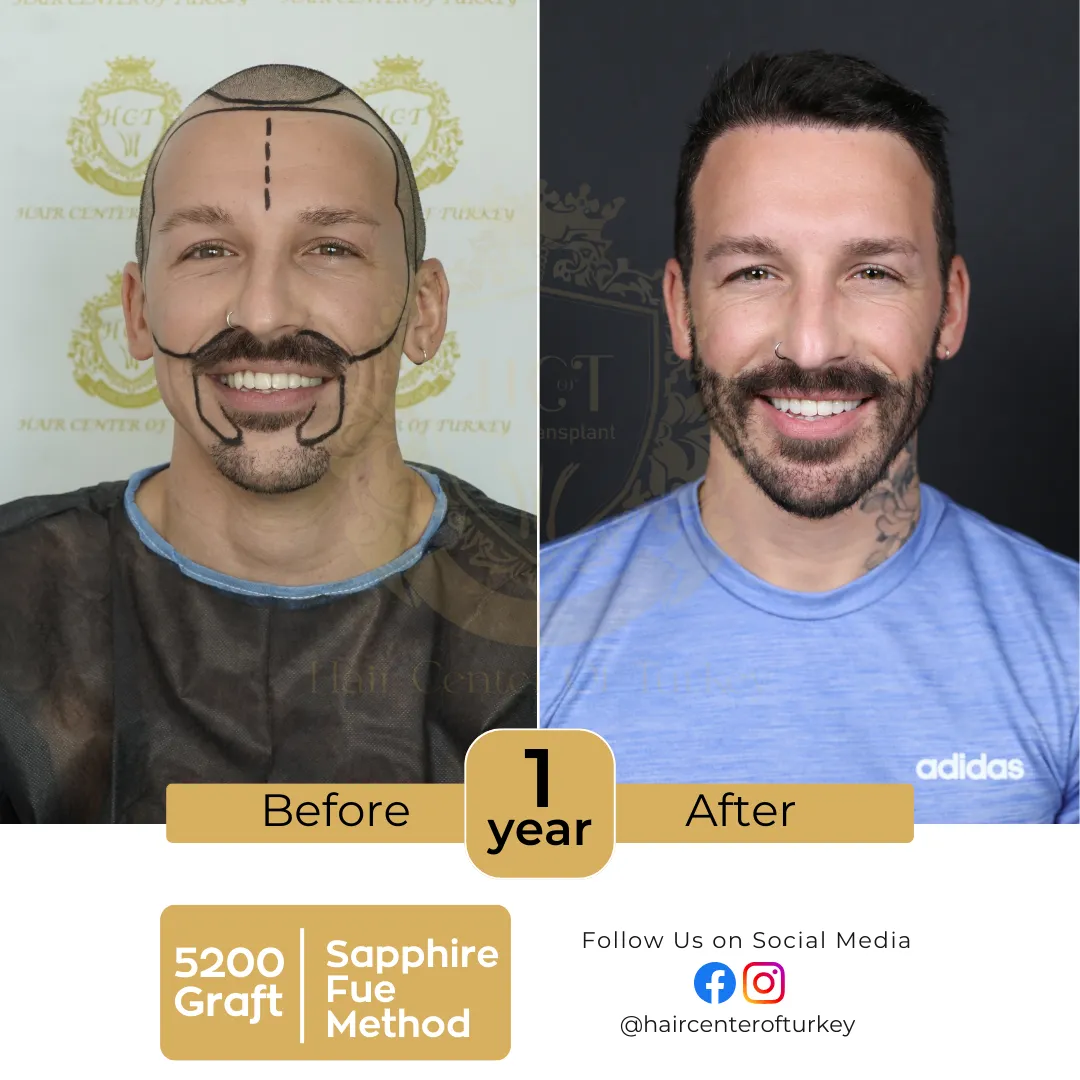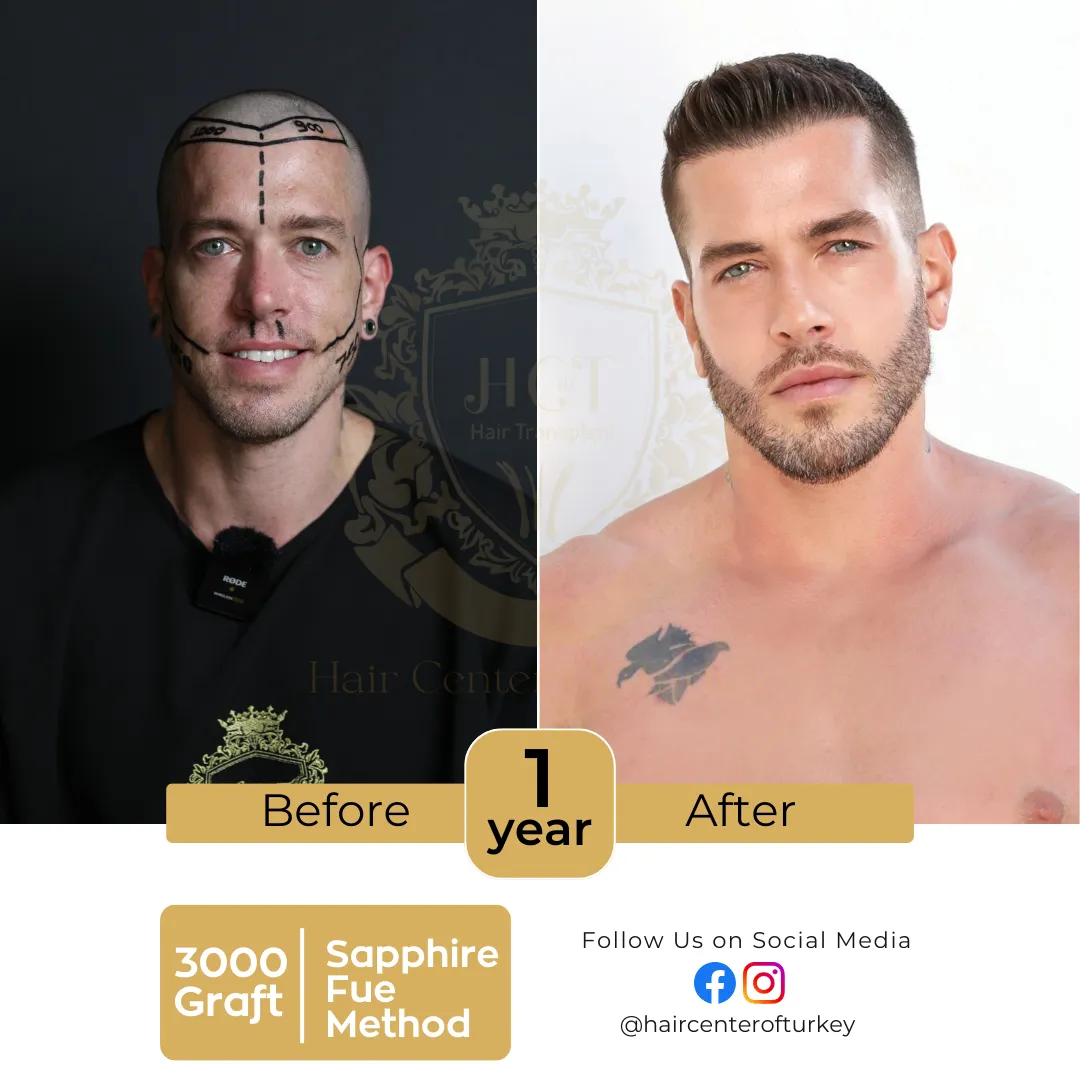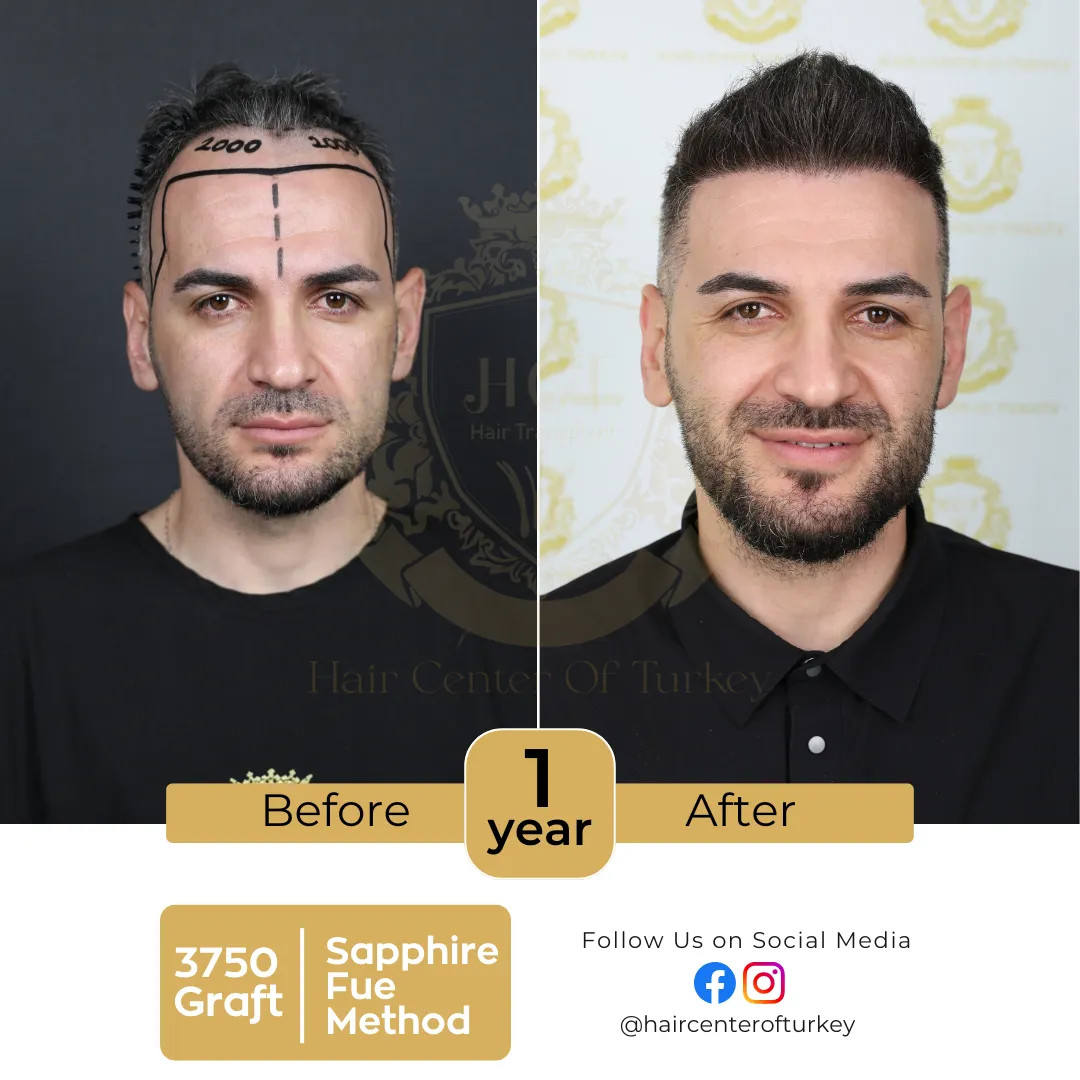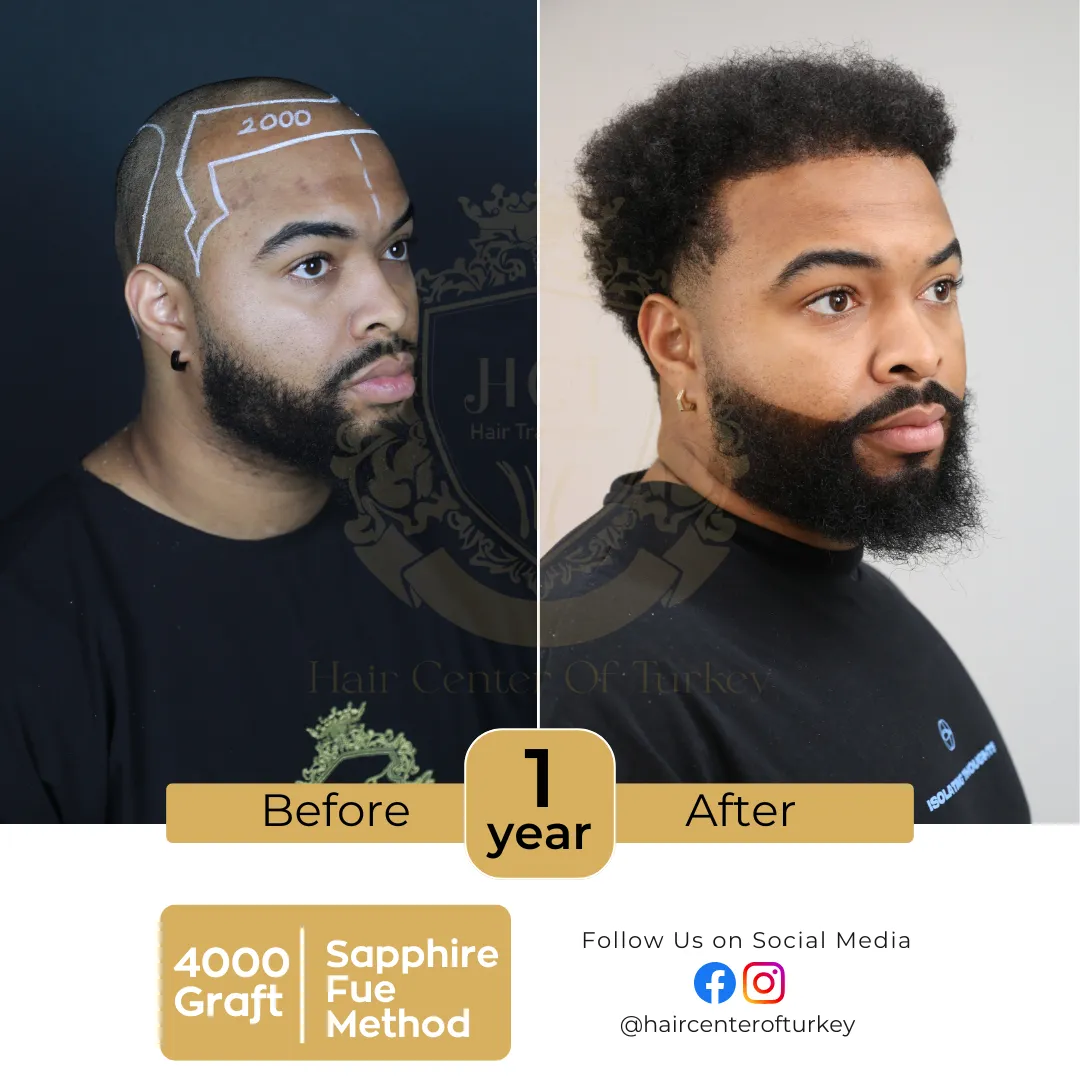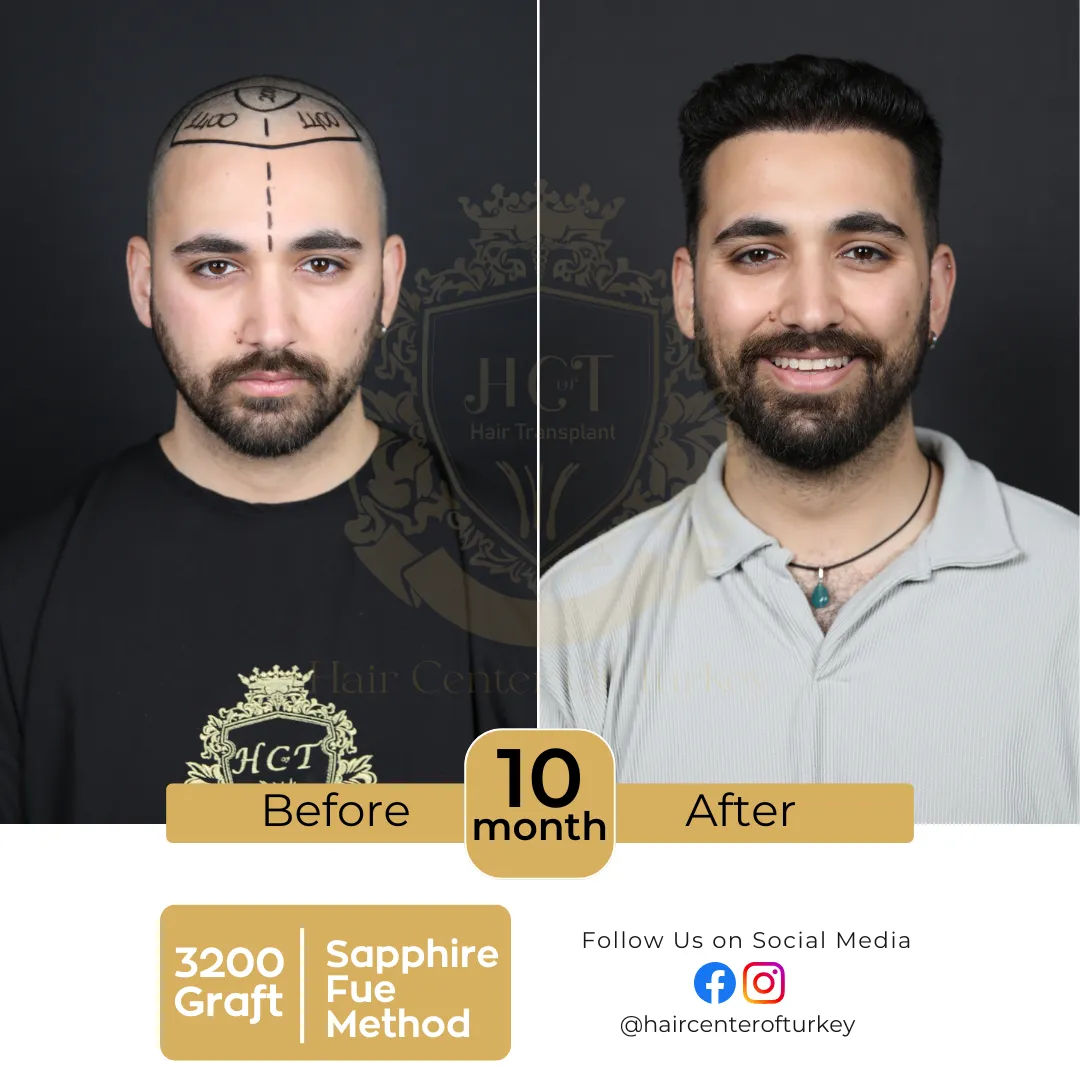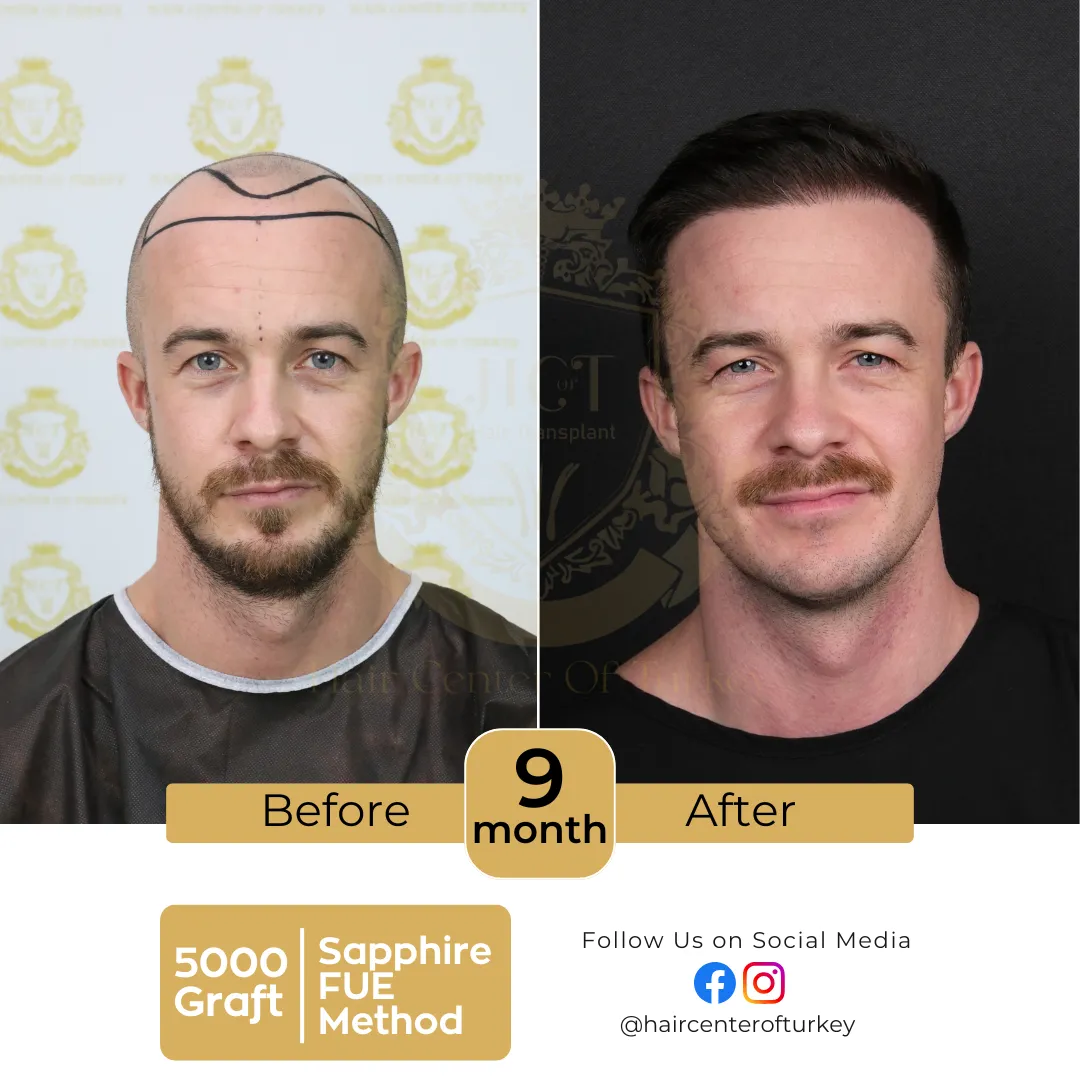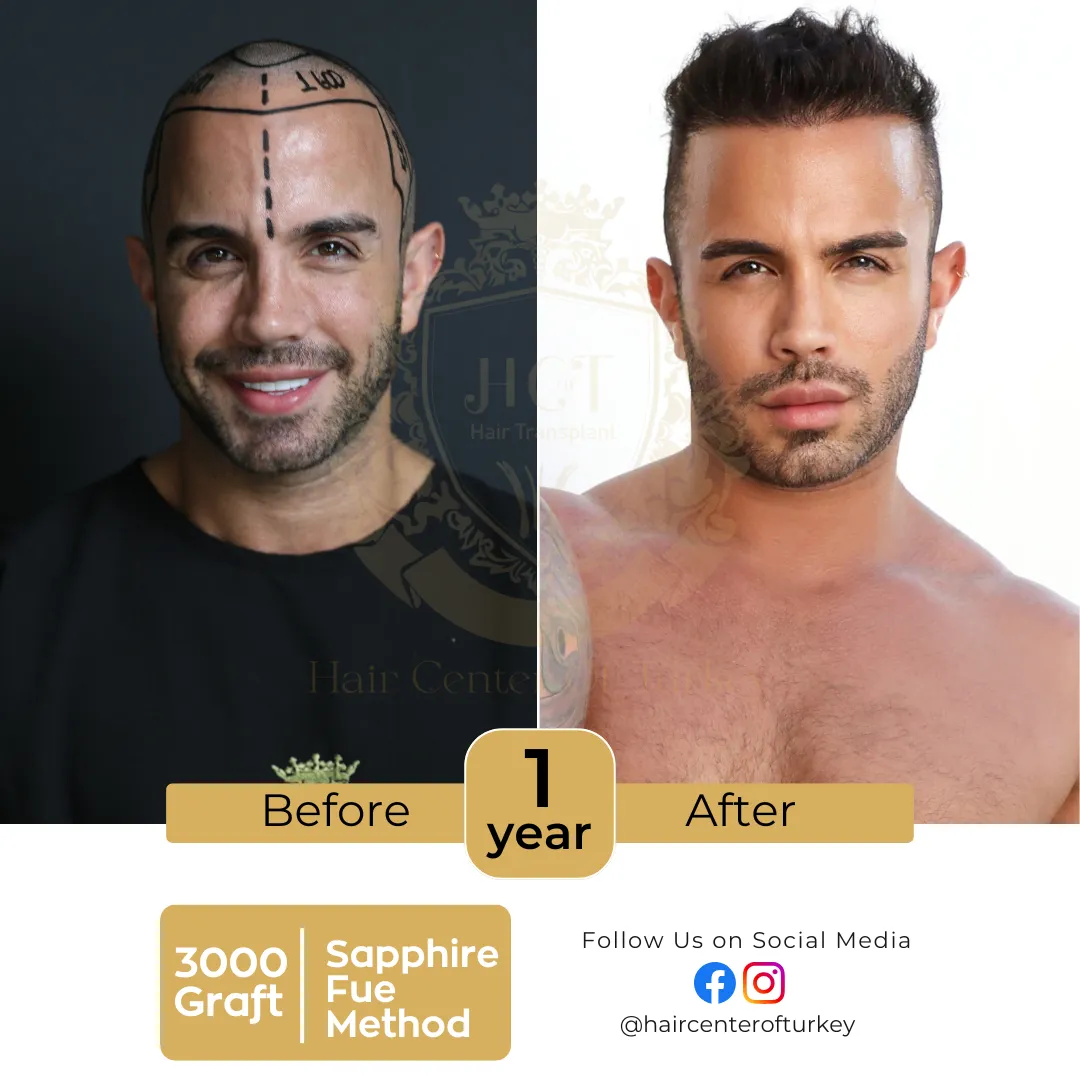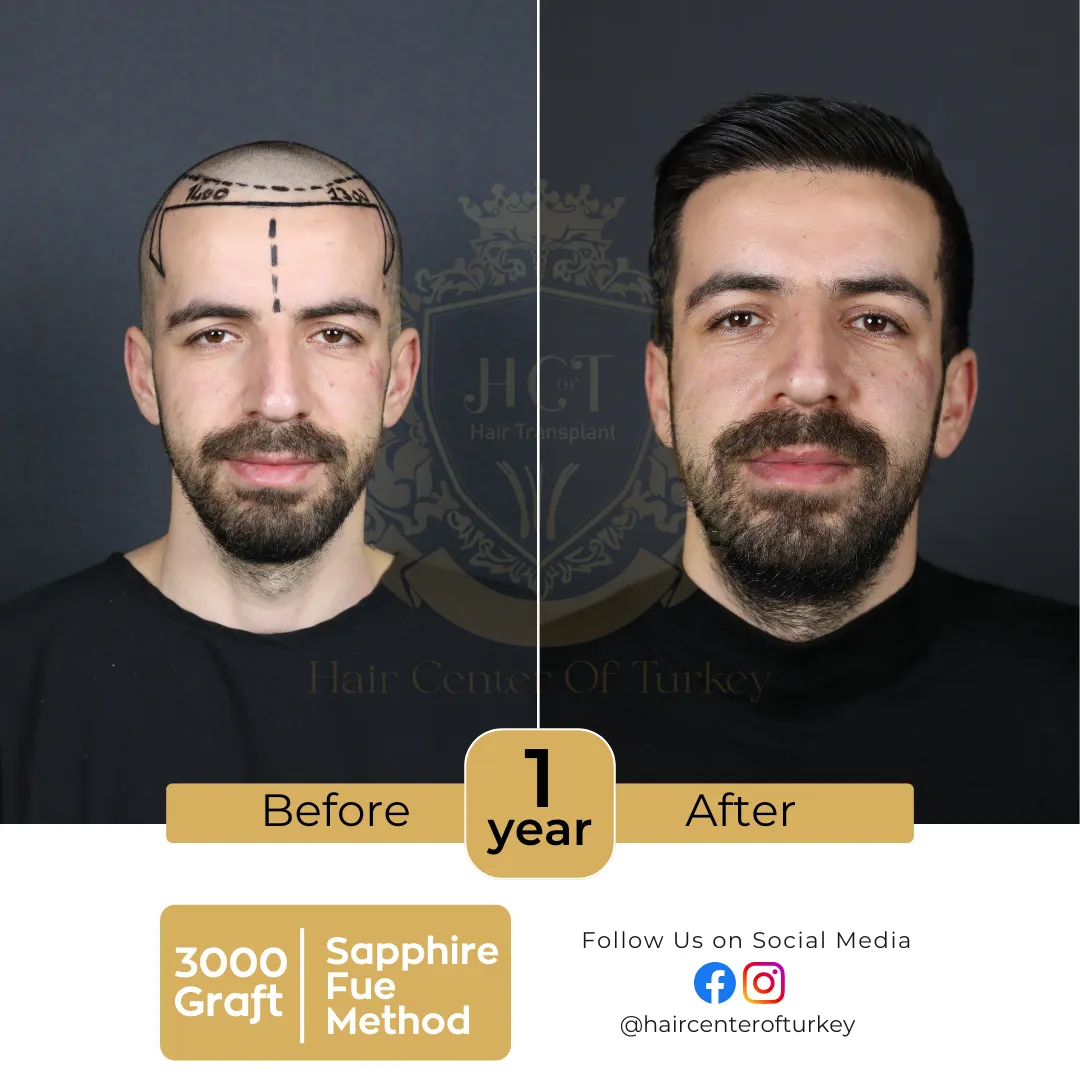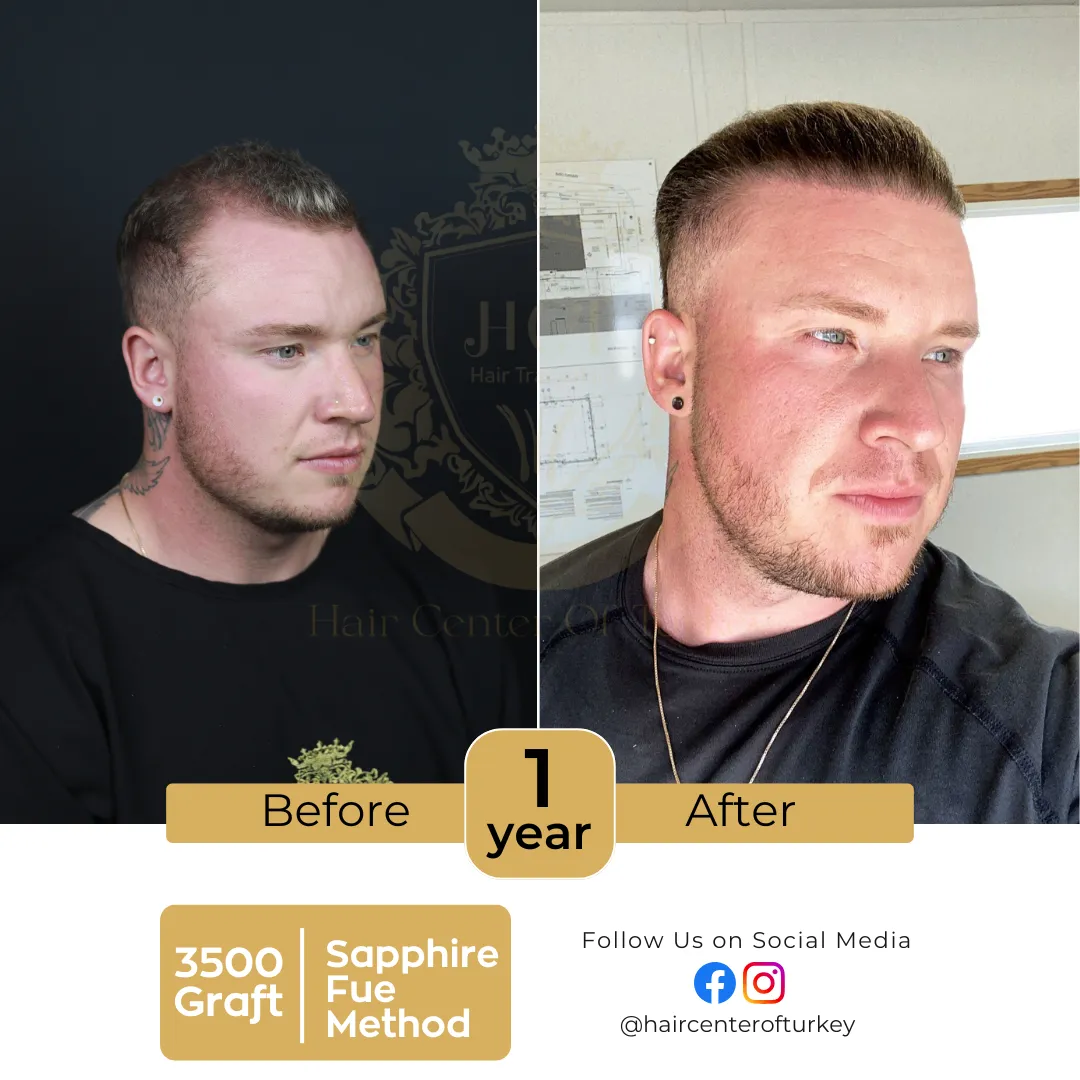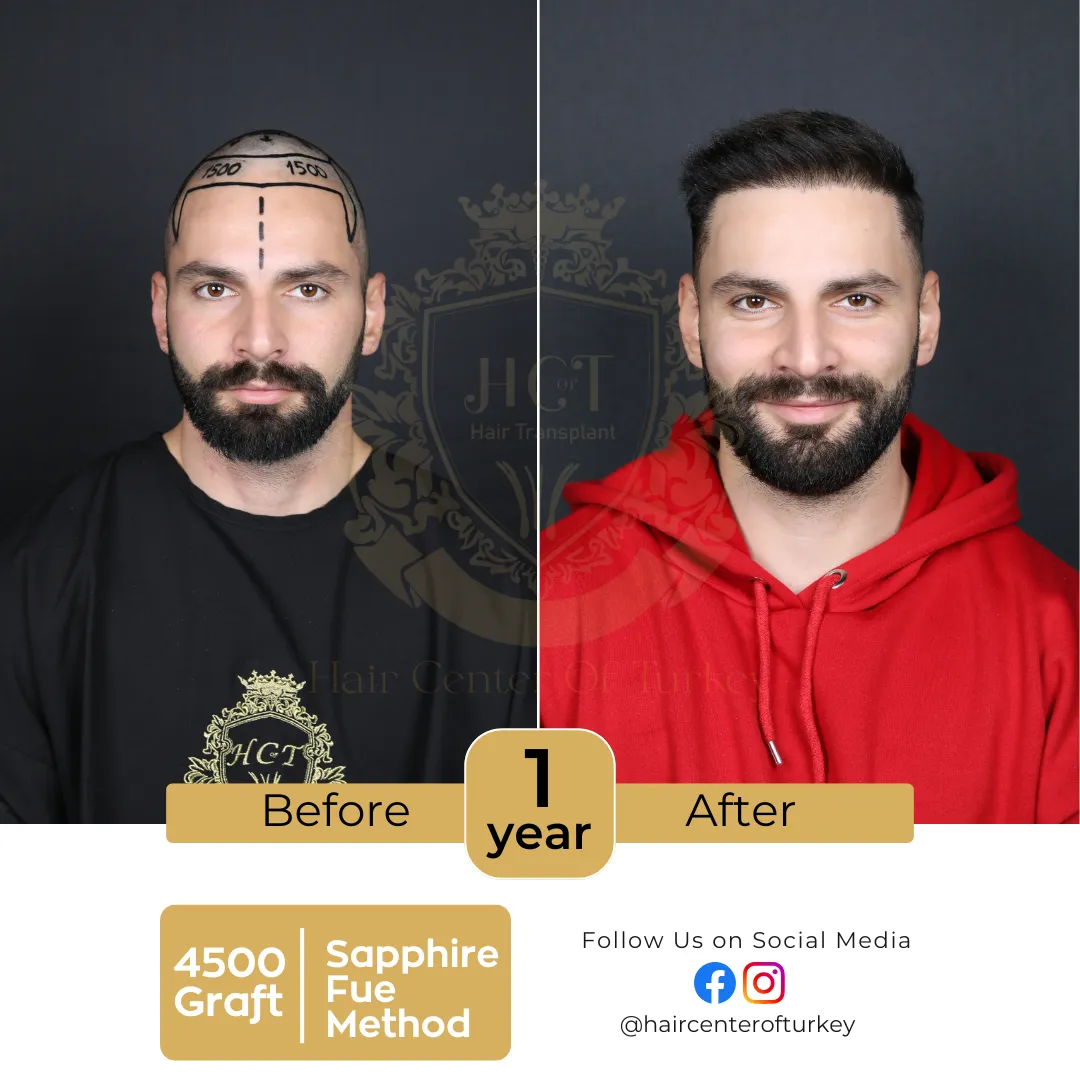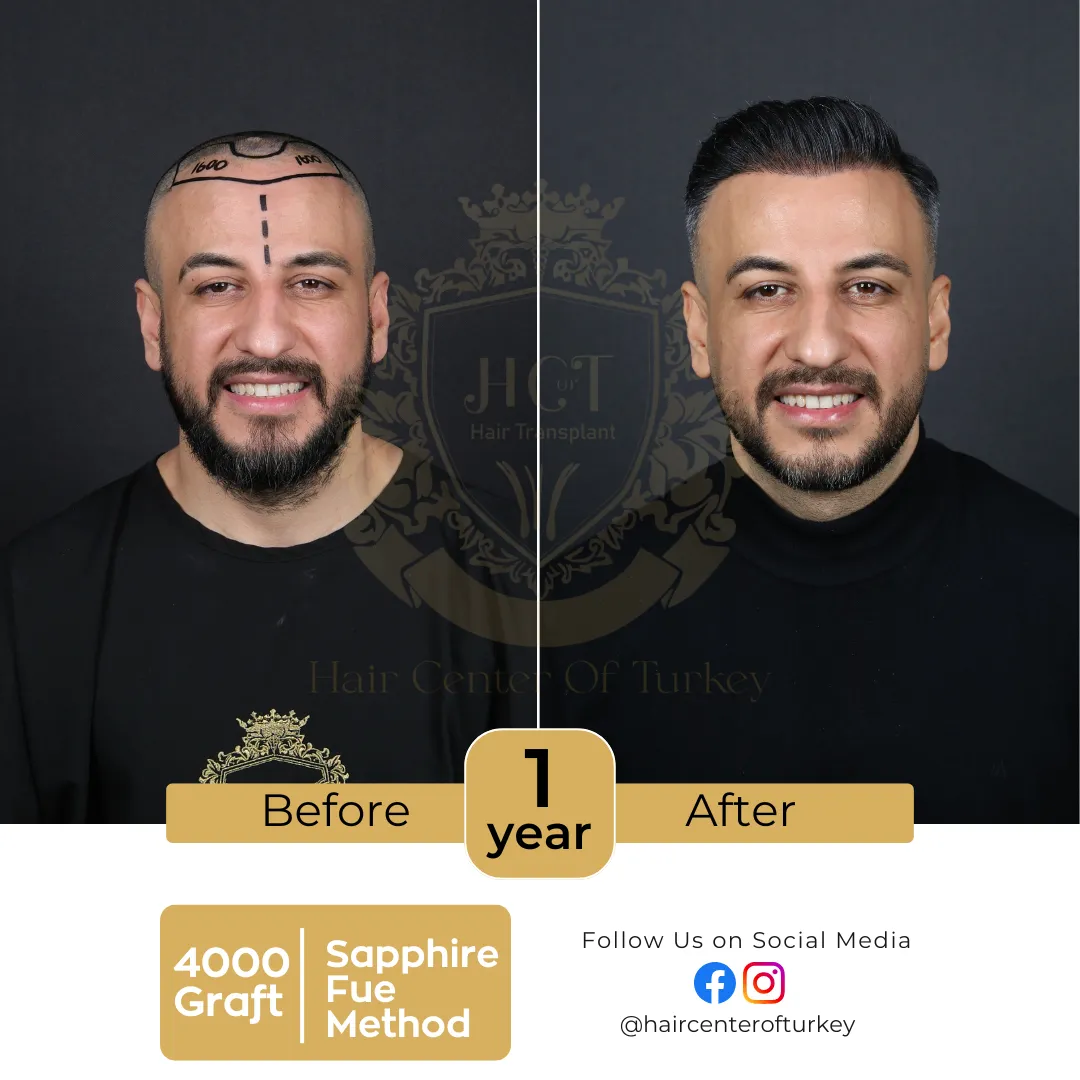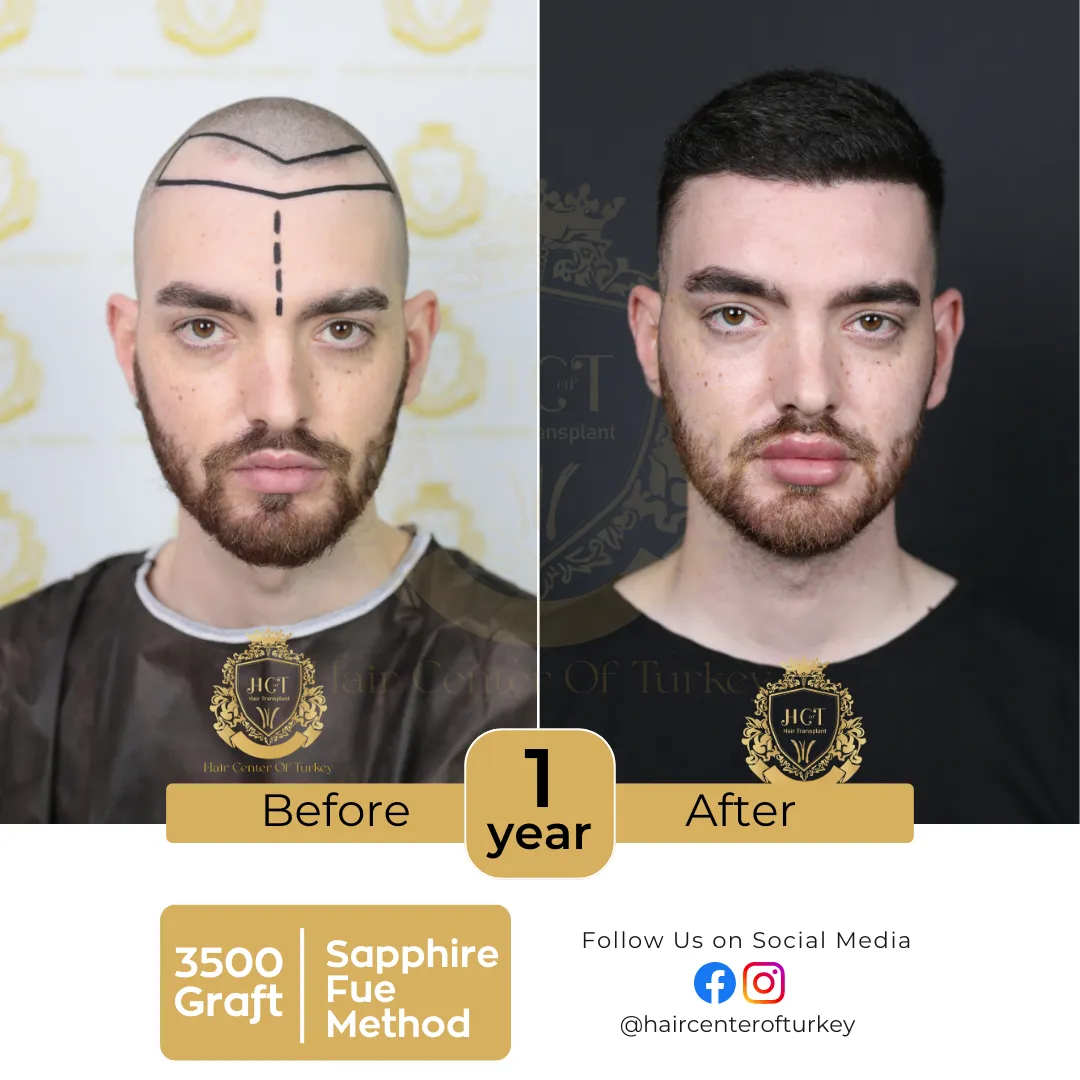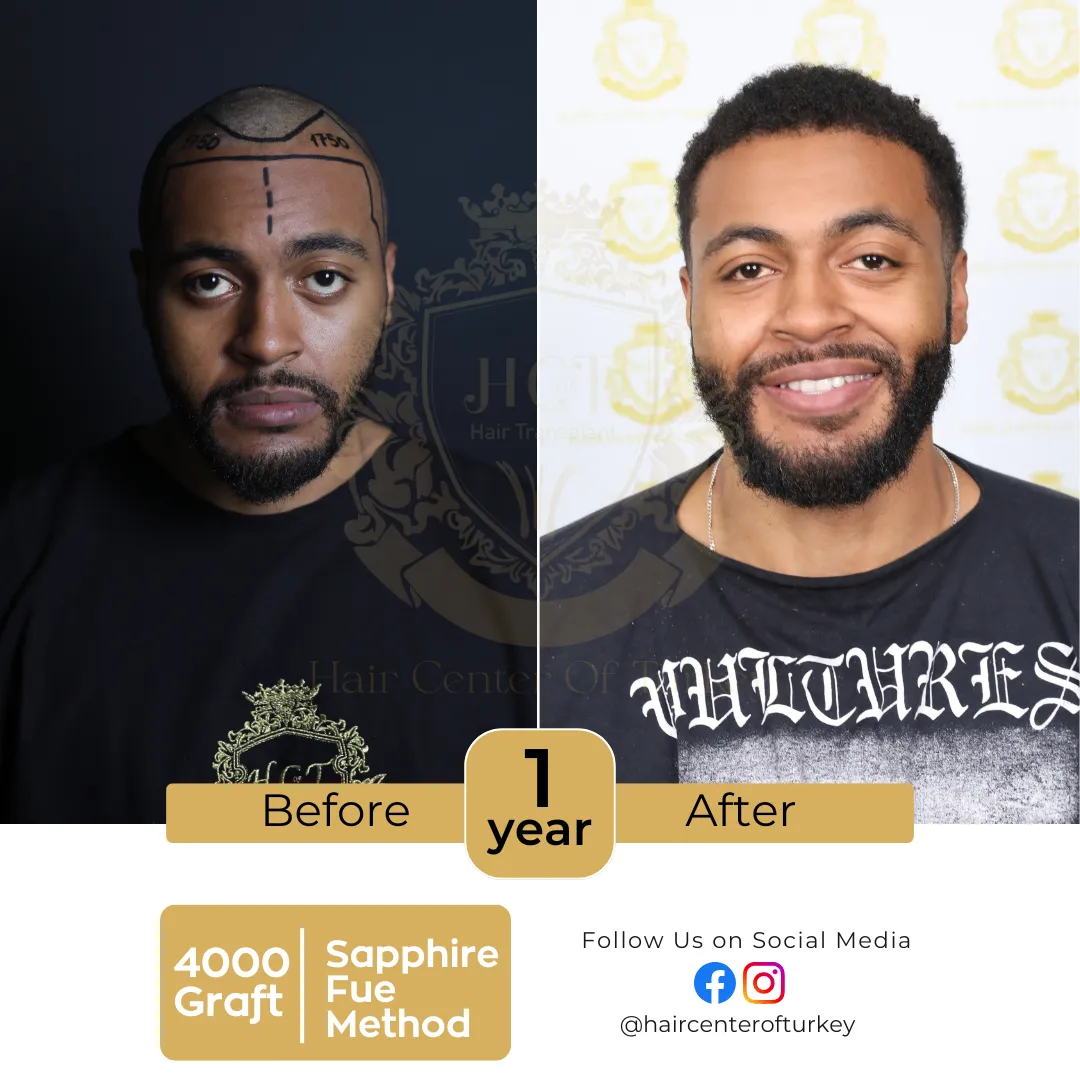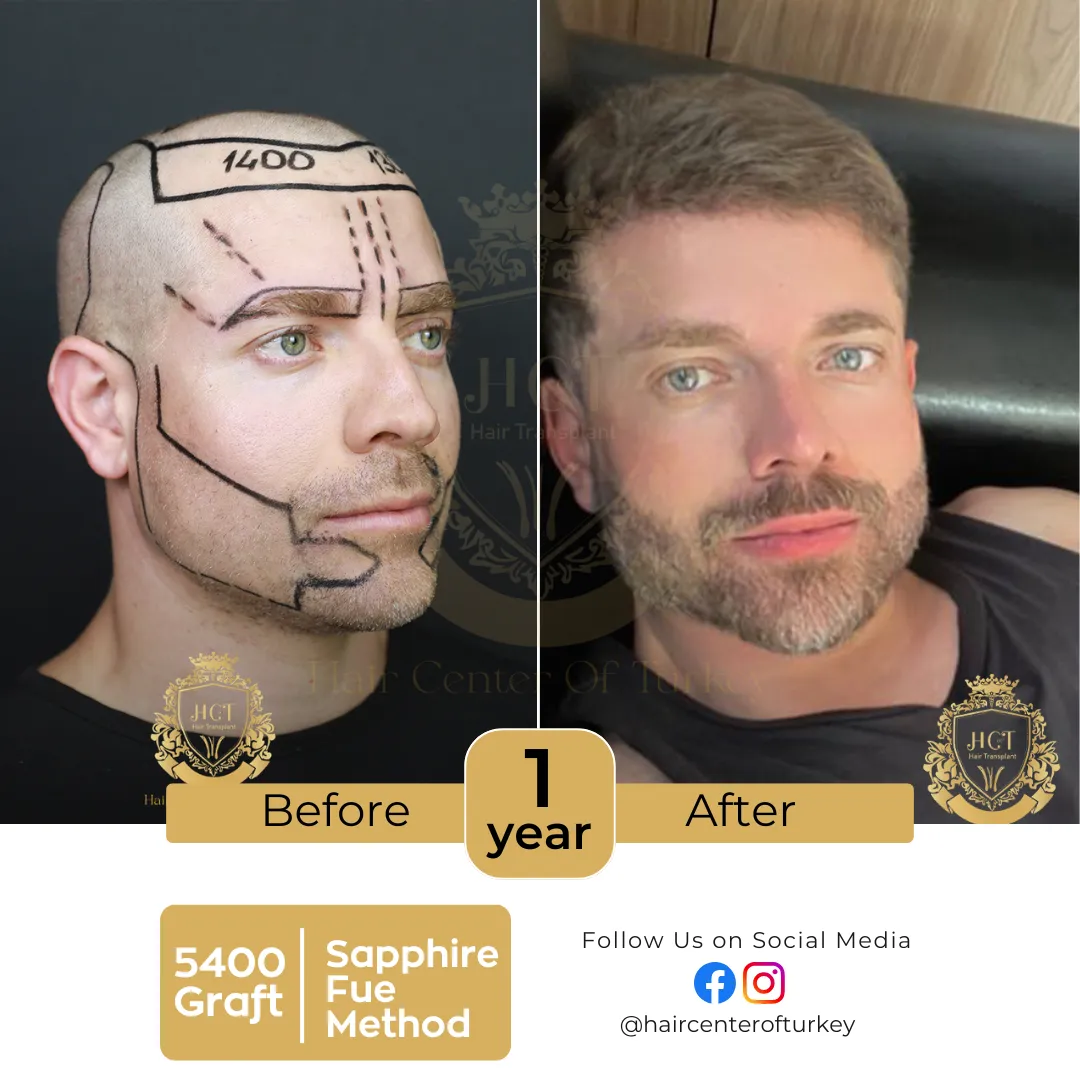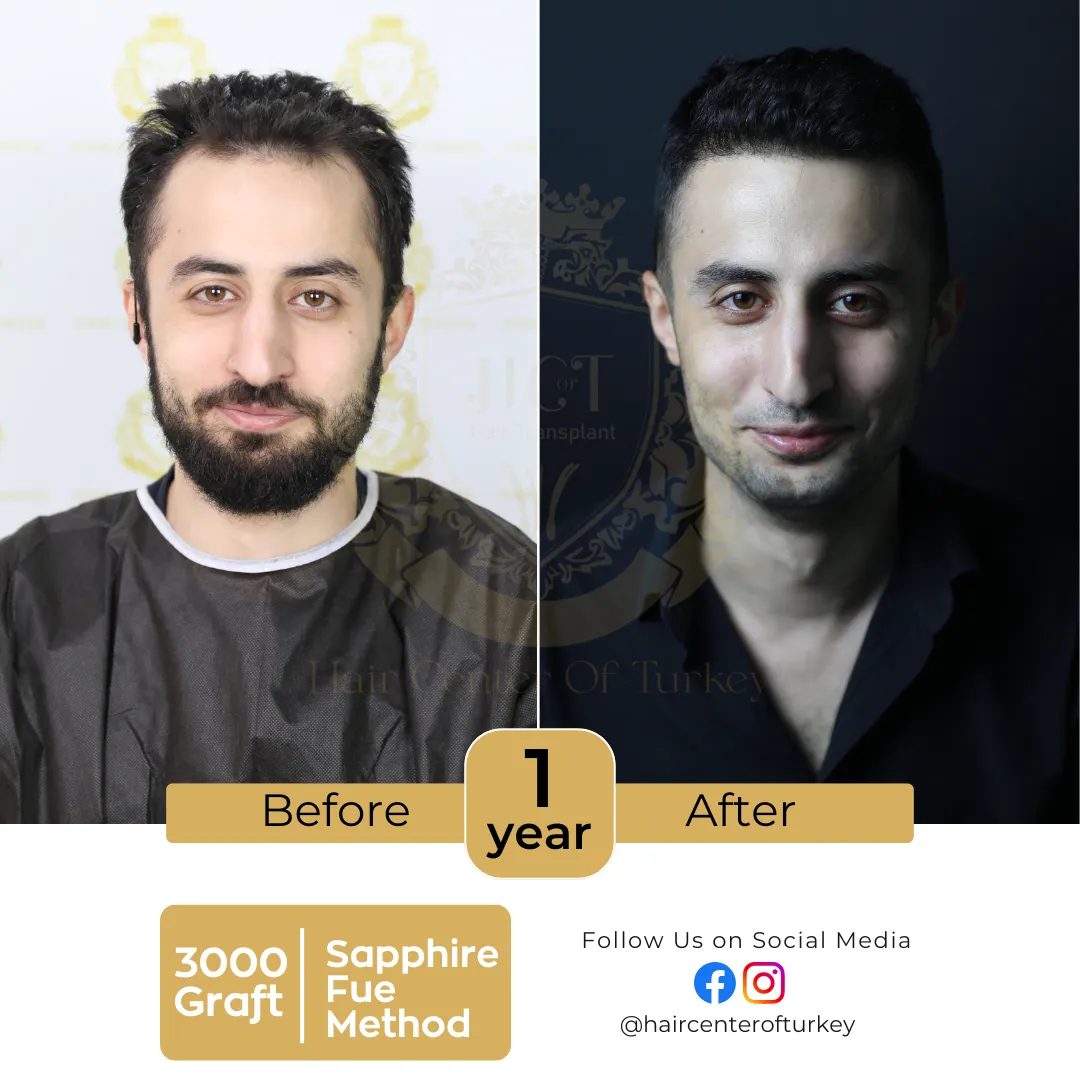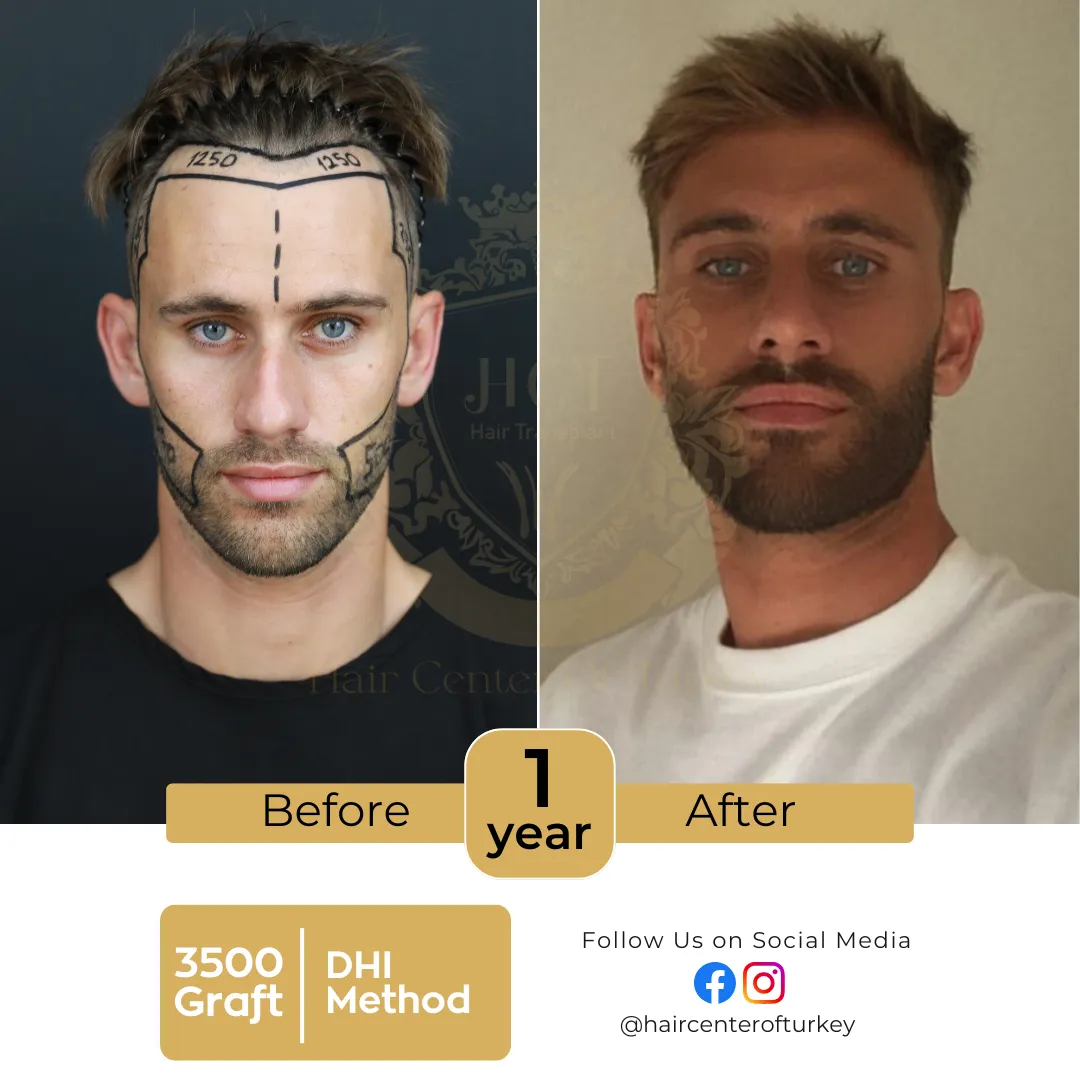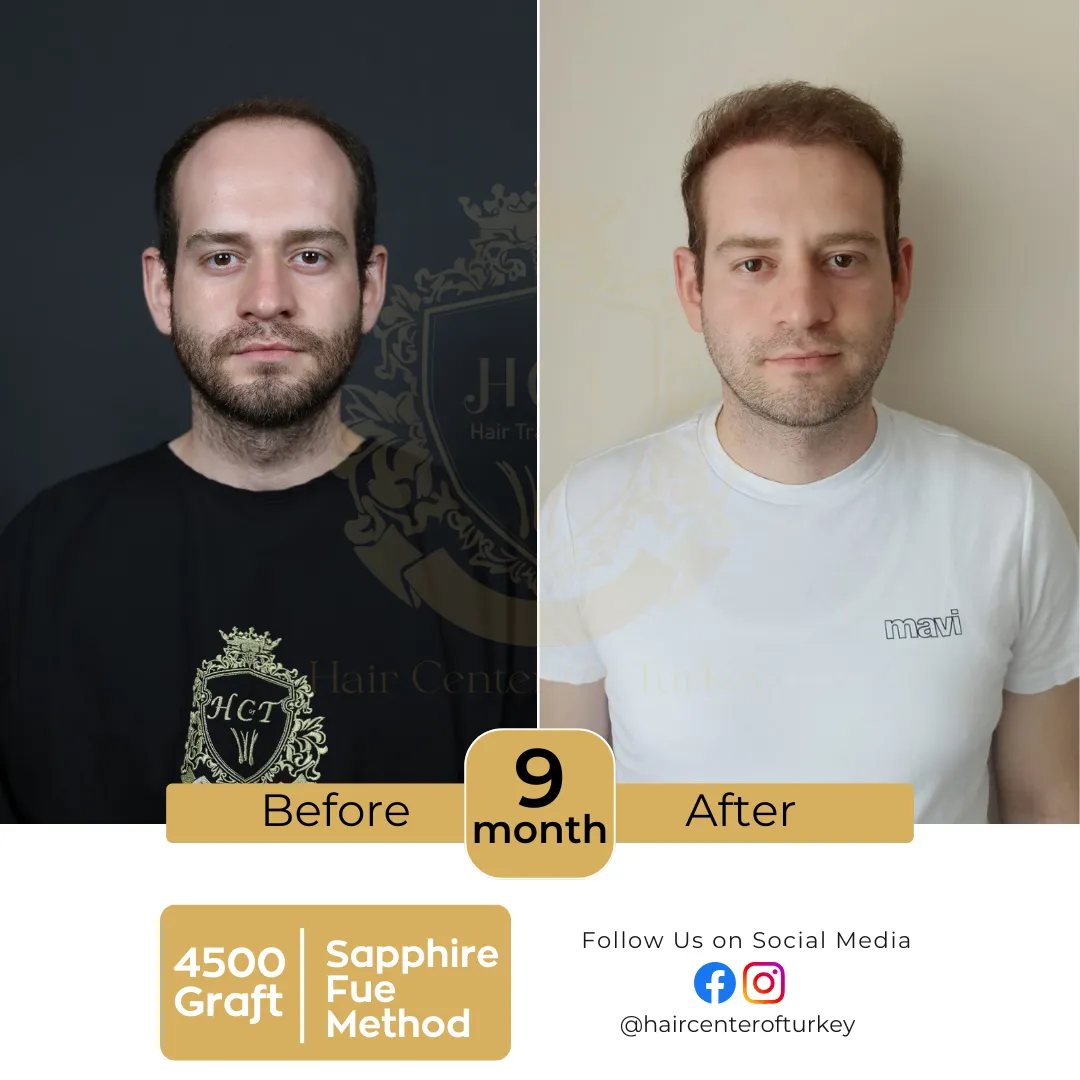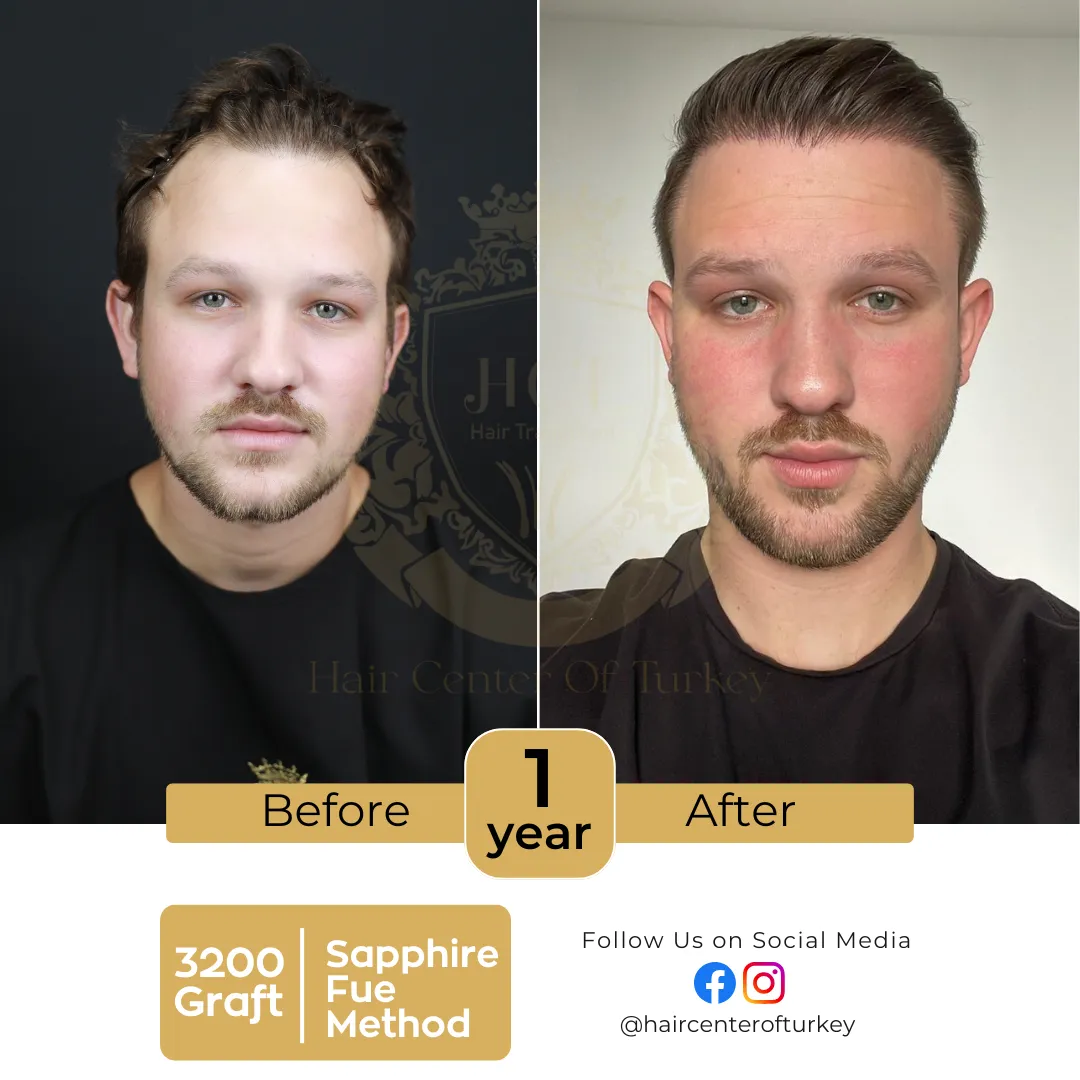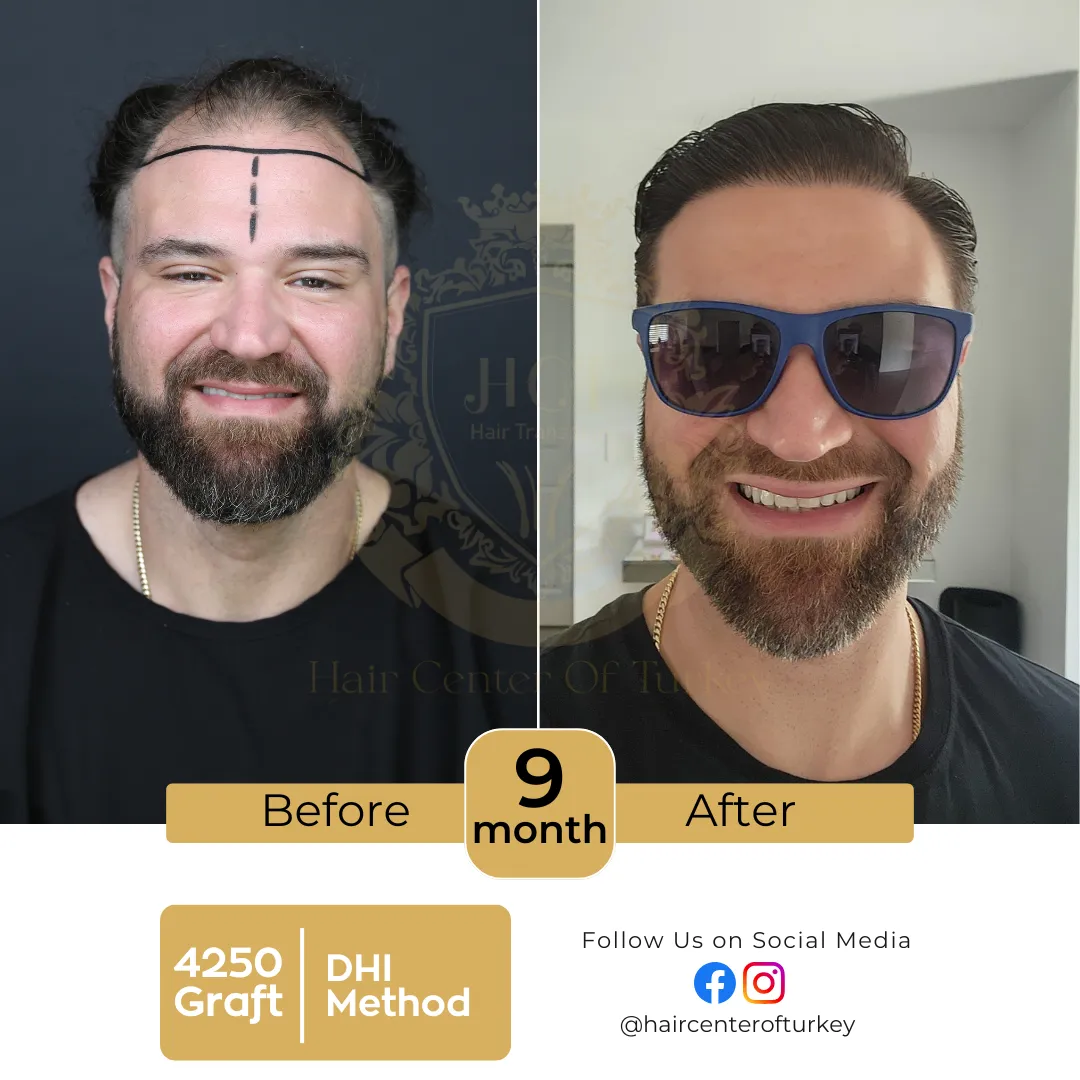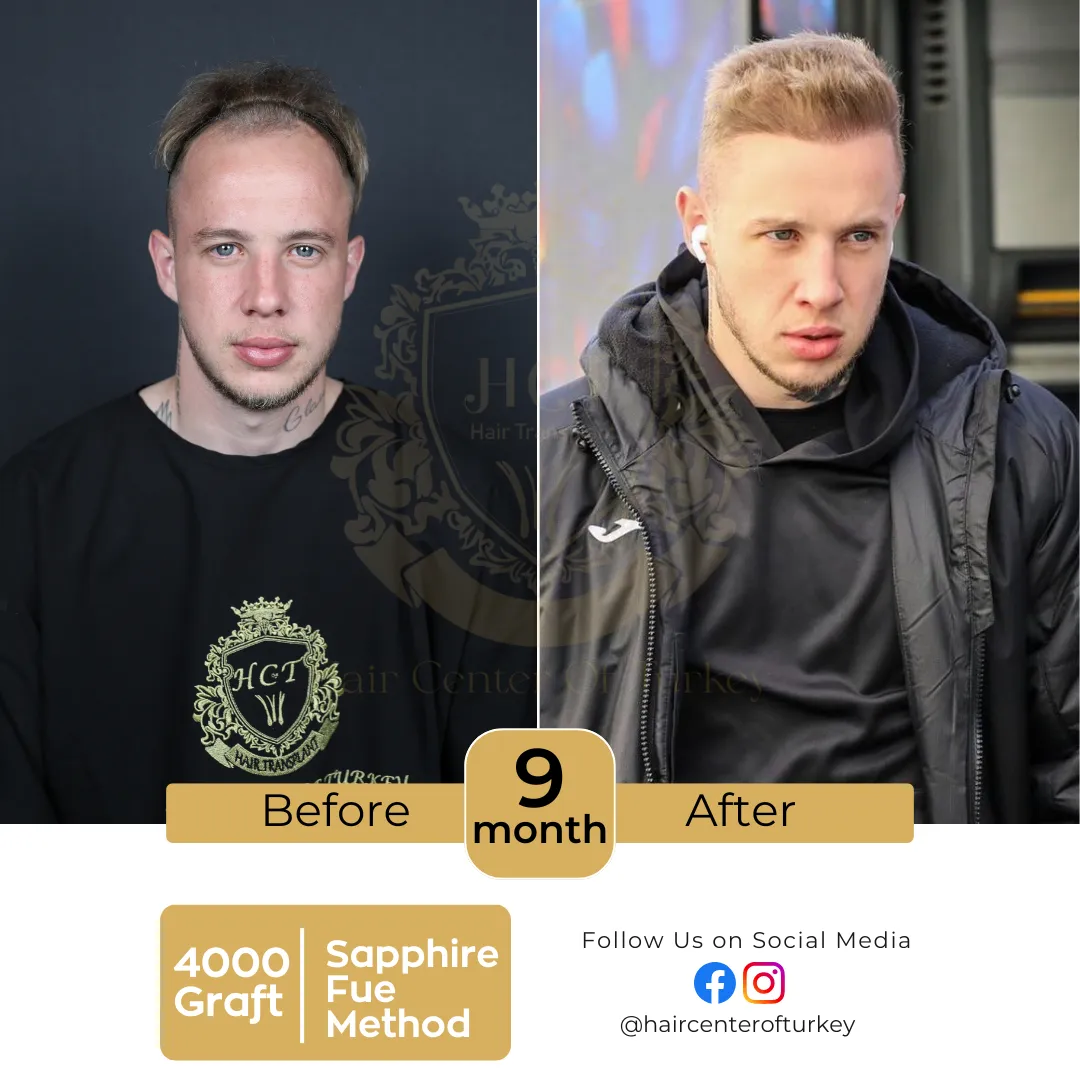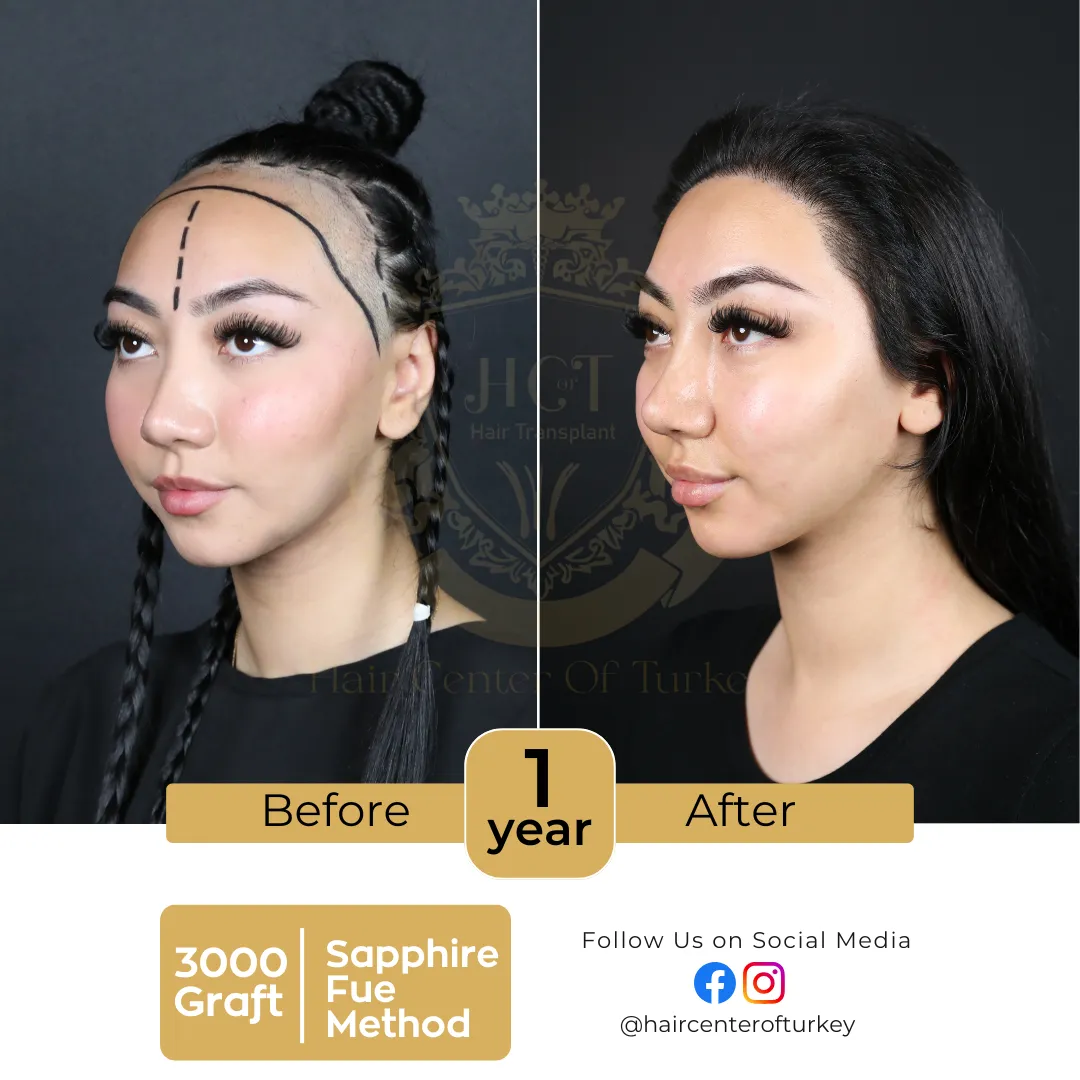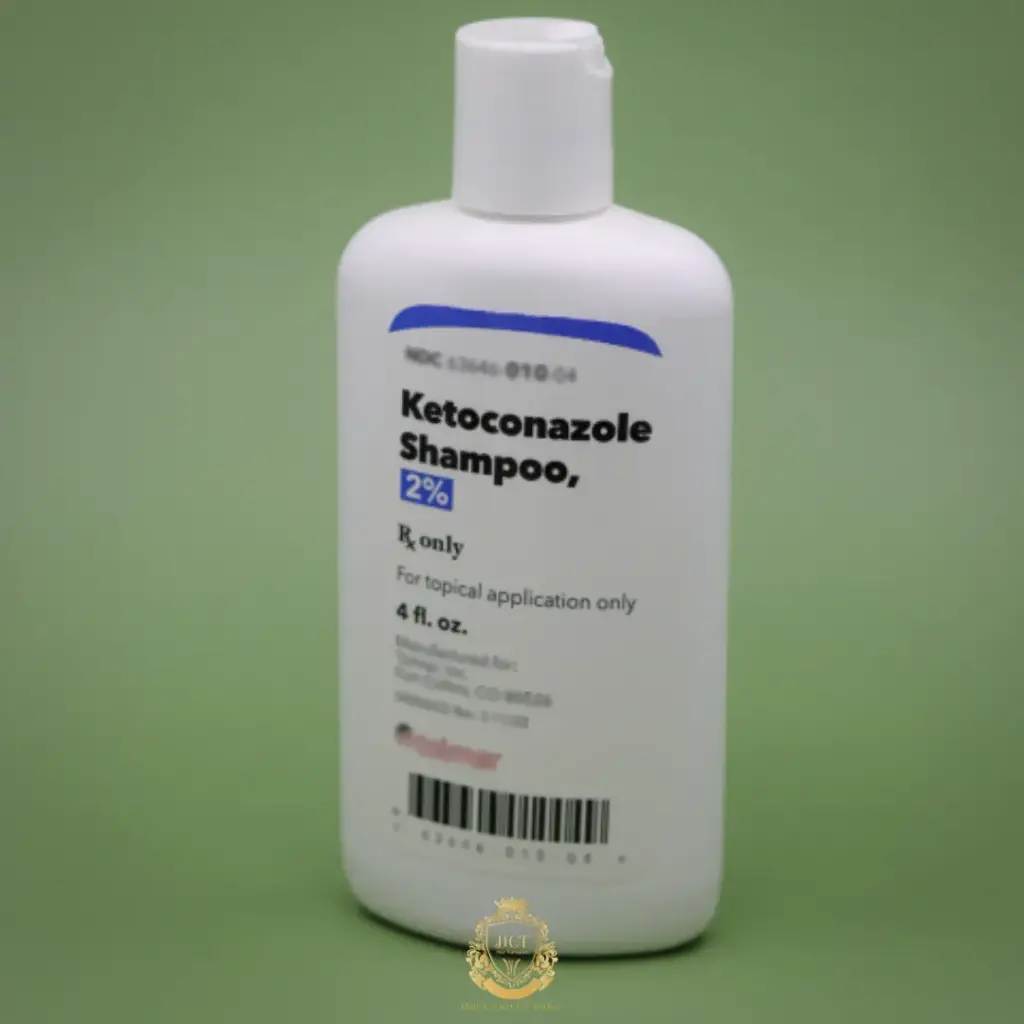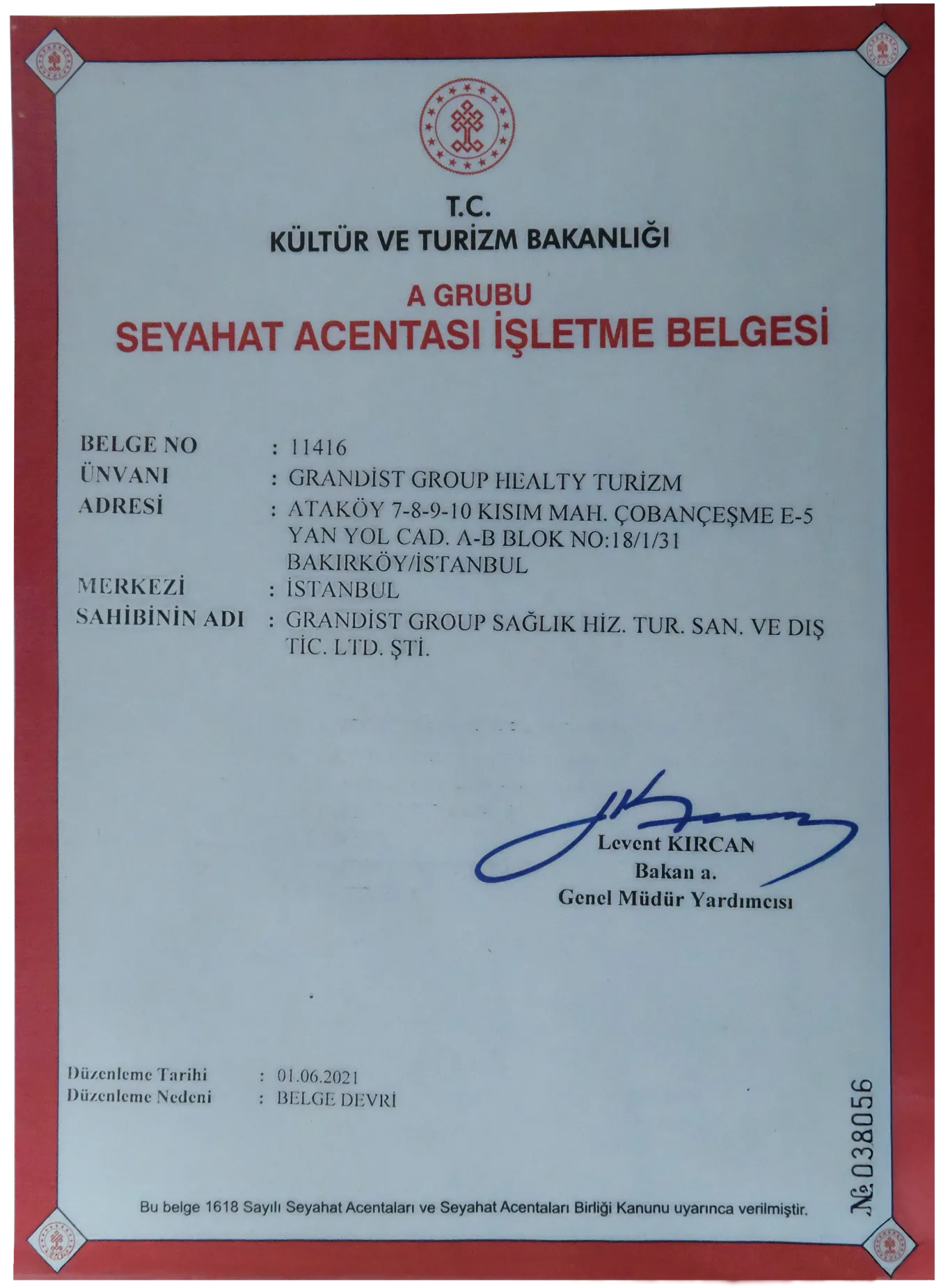Best Buzz Cuts for a Receding Hairline
A receding hairline can be a common concern for many men, but it doesn’t mean you can’t have stylish and flattering haircuts. The buzz cut, with its clean and low-maintenance appeal, is one of the best options for those experiencing hairline changes. In this article, we’ll explore the best buzz cut styles that complement a receding hairline and how to make the most of them.
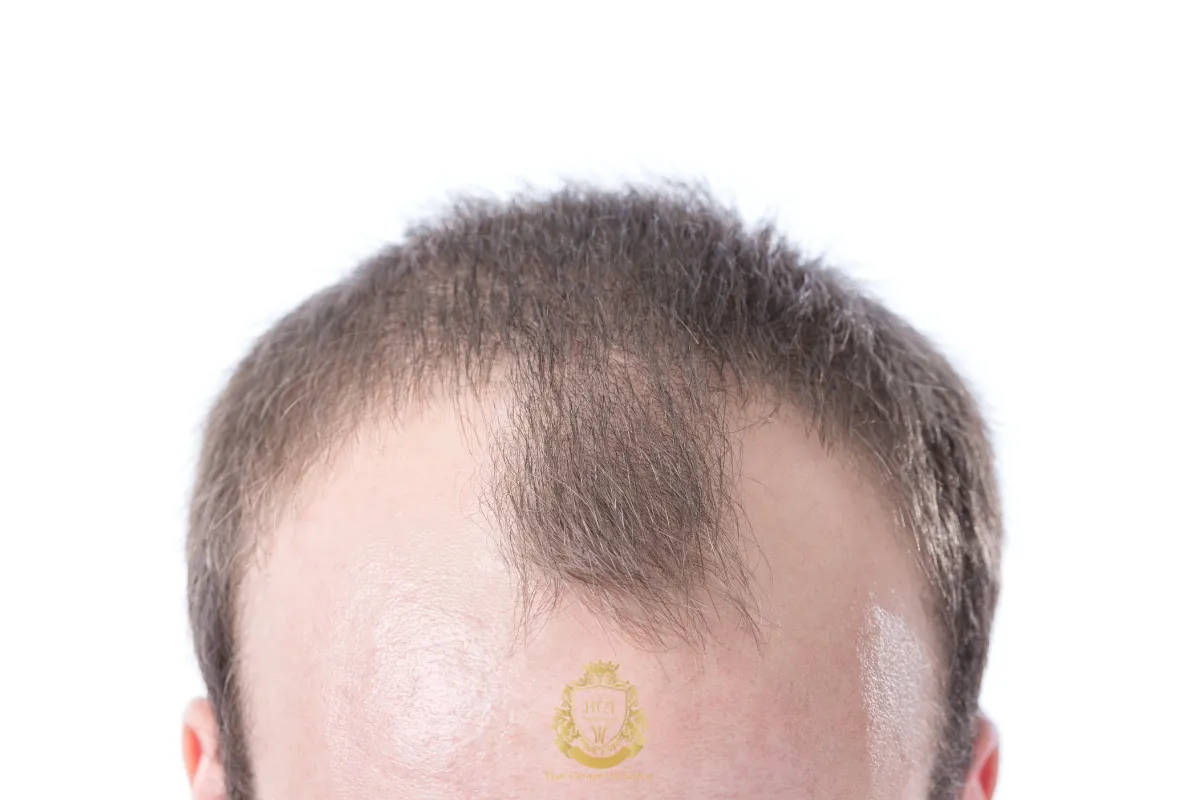
Top Receding Hairline Hairstyles – Stylish Solutions for Thinning Hair
Explore the most flattering hairstyles for a receding hairline, from buzz cuts and crew cuts to textured styles that create balance and confidence. These looks help minimize the appearance of thinning hair while enhancing your natural features. Learn how to choose the right haircut for your face shape and grooming preferences, and maintain a sharp, stylish look that suits your personality.
Why Buzz Cuts Work Well for Receding Hairlines
Buzz cuts are versatile and practical, making them a top choice for men with thinning hair or a receding hairline. Here’s why:
- Minimal Maintenance: With short hair, there’s less need to worry about styling or masking thinning areas.
- Streamlined Look: Buzz cuts create a uniform appearance that minimizes the visibility of receding hairlines.
- Masculine Appeal: The clean-cut style highlights facial features, offering a sharp and confident look.
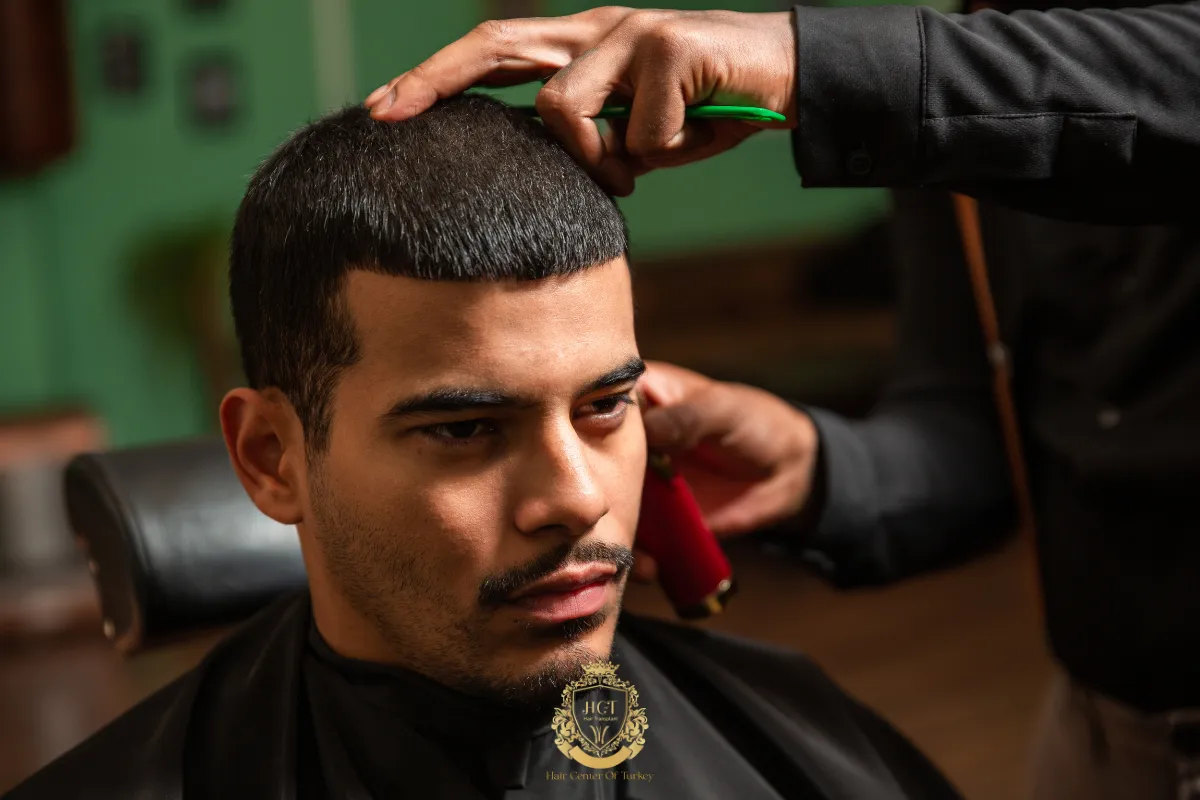
Top Buzz Cut Styles for Receding Hairlines
1. The Classic Buzz Cut
This all-over short style is timeless and easy to achieve. By keeping the hair the same length across the scalp, it creates a balanced and clean look.
- Best For: Men who prefer a simple, no-fuss haircut.
- Length: Typically achieved with a #1 or #2 clipper guard.

2. The Crew Cut
Slightly longer on top and tapered on the sides, the crew cut adds some dimension while maintaining a short, manageable length.
- Best For: Those who want a hint of volume without emphasizing the hairline.
- Styling Tip: Use a lightweight product to add texture to the top if desired.

3. The High and Tight
With shaved sides and a short top, this military-inspired cut draws attention away from the hairline and creates a sleek, defined look.
- Best For: Men who want a sharp, edgy appearance.
- Styling Tip: Keep the sides ultra-short for maximum impact.
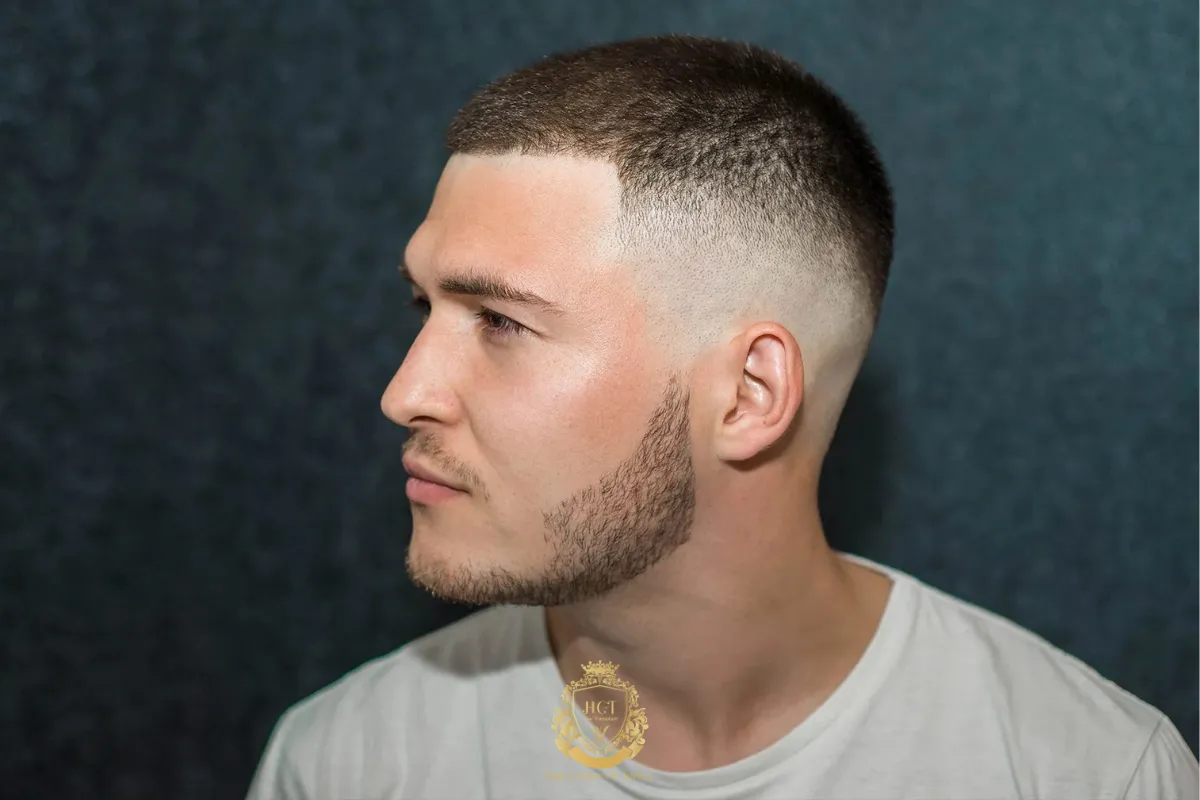
4. The Induction Cut
The induction cut is the shortest buzz cut style, achieved by shaving the hair to the scalp. It’s bold and leaves no room for uneven hairlines to stand out.
- Best For: Those who embrace a completely minimalist style.
- Maintenance: Requires regular touch-ups to maintain the close-cropped look.

5. The Fade Buzz Cut
Incorporating a fade into a buzz cut adds modernity and depth. The gradual transition from short sides to slightly longer hair on top can help soften the look of a receding hairline.
- Best For: Men who want a contemporary twist to their buzz cut.
- Styling Tip: Experiment with low, mid, or high fades to find the best match for your face shape.

How to Choose the Right Buzz Cut for Your Hairline
When selecting a buzz cut style, consider the following factors:
- Face Shape: Choose a style that complements your natural facial features.
- Hair Density: Opt for cuts like the crew cut if you have thicker hair on top.
- Personal Style: Consider how bold or conservative you’d like your haircut to be.
Tips for Maintaining a Buzz Cut
- Regular Trims: Keep your buzz cut looking sharp with frequent touch-ups every 2–4 weeks.
- Moisturize Your Scalp: A receding hairline can expose more of your scalp, so use a quality moisturizer to avoid dryness.
- Protect Against Sun: Apply sunscreen to your scalp to prevent sunburn and maintain healthy skin.

Boosting Confidence with the Right Haircut
Embracing a receding hairline can be empowering when paired with the right haircut. Buzz cuts highlight masculinity and practicality while offering a stylish way to manage hair loss. For men looking to explore further hair transplant options, Hair Center of Turkey provides advanced solutions tailored to individual needs.
F.A.Q. (Frequently Asked Questions)

